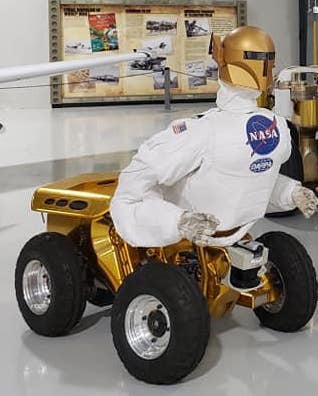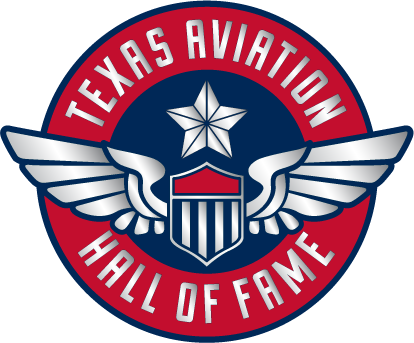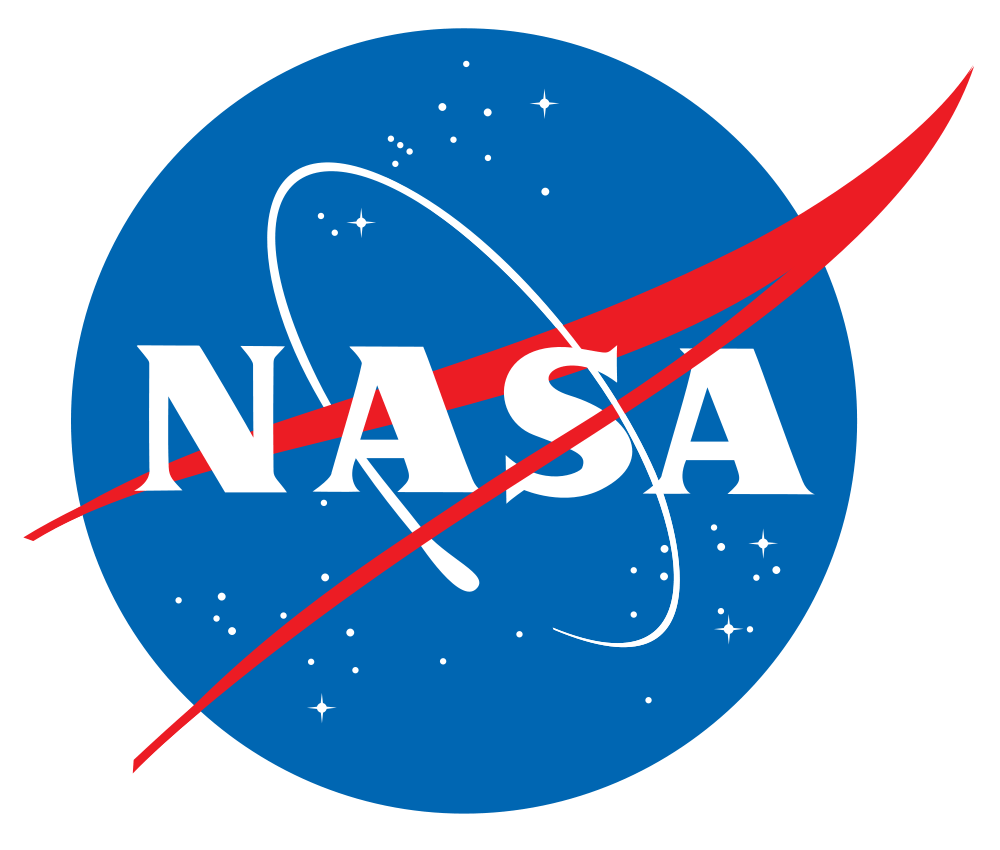
Many of NASA’s programs are rooted in aviation. Leaders in space exploration often start their careers as pilots, serve in the military, or have STEM-based backgrounds. Showcasing this area of Texas aviation history, Lone Star Flight Museum has three artifacts from NASA currently on display.
Shuttle Mission Simulator Motion Base (SMS-MB)
The original simulator that trained every Space Shuttle crew. In April 2022, volunteers completed a 5,000 hour restoration project of this original 1970s Link Flight Simulation simulator. It was delivered to Johnson SpaceCenter in support of the first Space Shuttle Mission in 1981. SMS complex at the Johnson Space Center included three full-fidelity, fully functional Space Shuttle Orbiter cockpit replicas that were used to train Space Shuttle flight crews and mission controllers. These included the Motion Base, the Fixed Base, and the Guidance & Navigation Simulator(GNS). The Motion base, displayed here, included the forward portion of the cockpit mounted on a hydraulically powered full motion system. It was used mostly for ascent and entry/landing training.
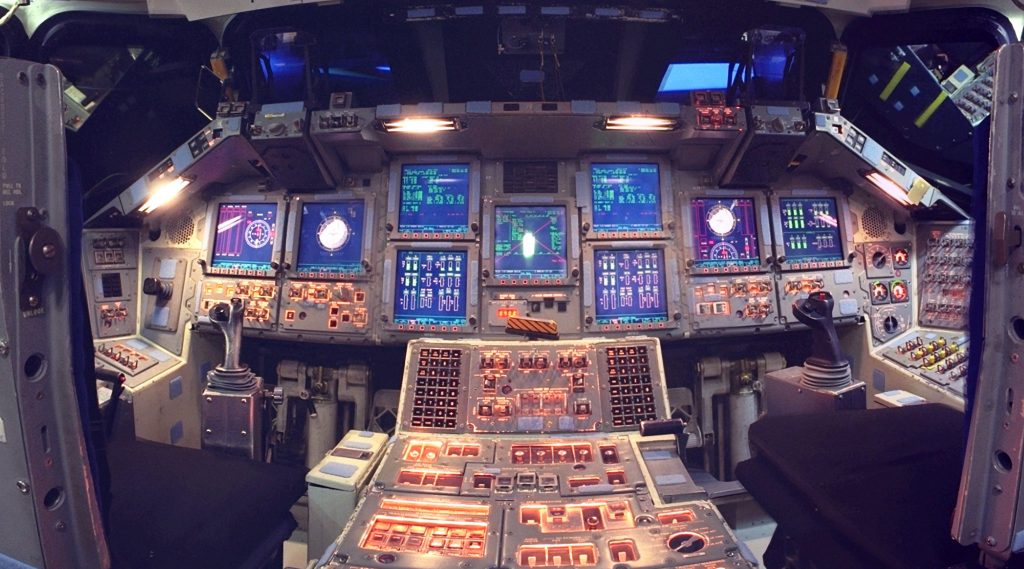
Small Pressurized Rover (SPR)
NASA tests a variety of rover concepts for future planetary exploration missions. This SPR was part of a 2010 week-long field test in Arizona. The NASA-led team included NASA Engineer and LSFM Volunteer, Chris Looper. His team conducted technology experiments to support future exploration missions, such as long-term living on the moon.
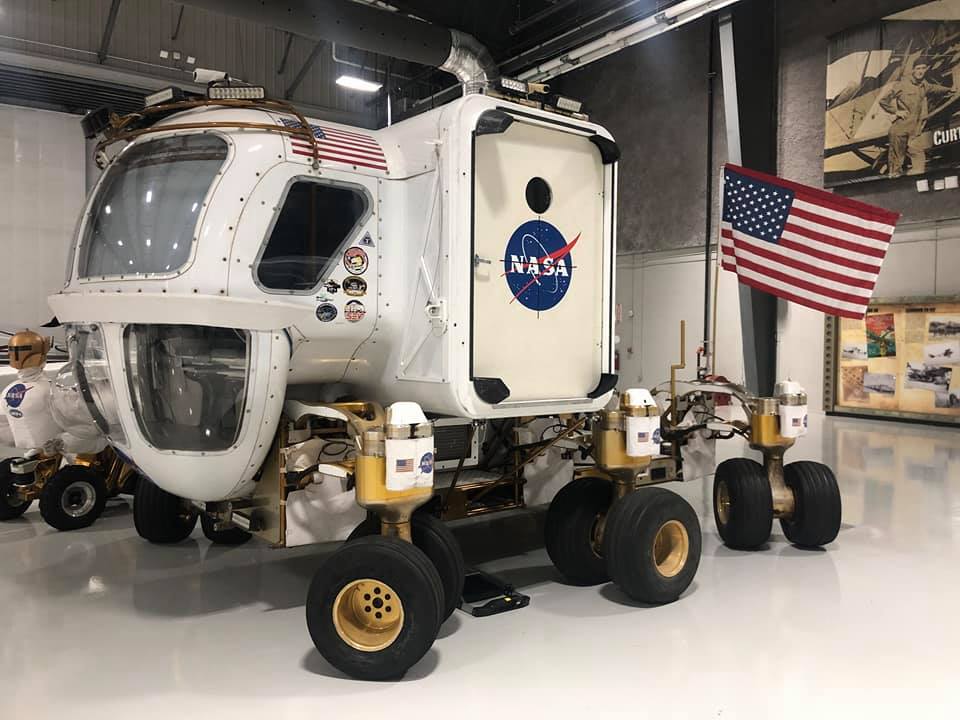
Centaur Humanoid Robot
NASA’s future lunar and martian missions will require advanced robotic systems to assist humans. The Centaur is a mobile, dexterous system designed with this future role in mind. The design allows for robotic use of human tools and interfaces while in remote locations such as rough terrain and varied environments.
